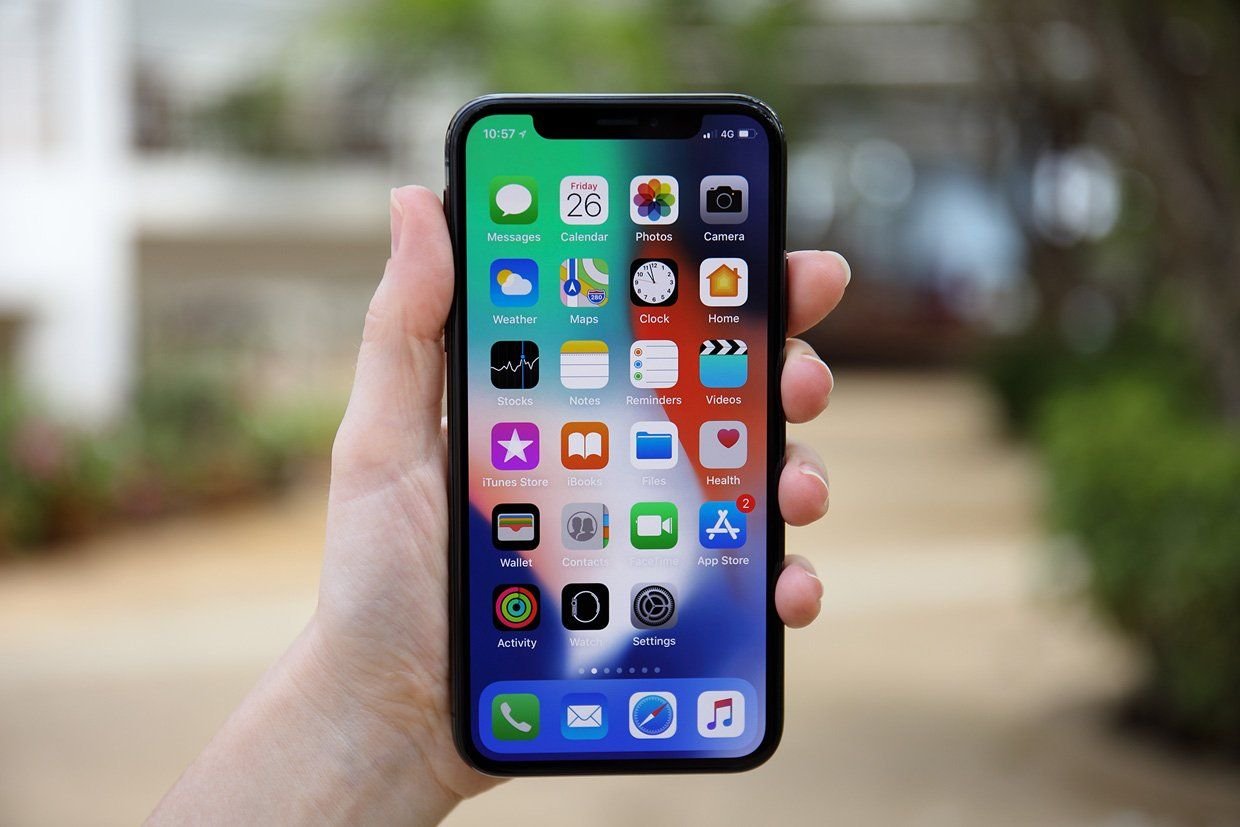Building Credibility in the Digital Age
Building Credibility In The Digital Age In today's digital landscape, gaining customer trust is more important than ever. With countless options available at their fingertips, consumers are becoming increasingly discerning…










